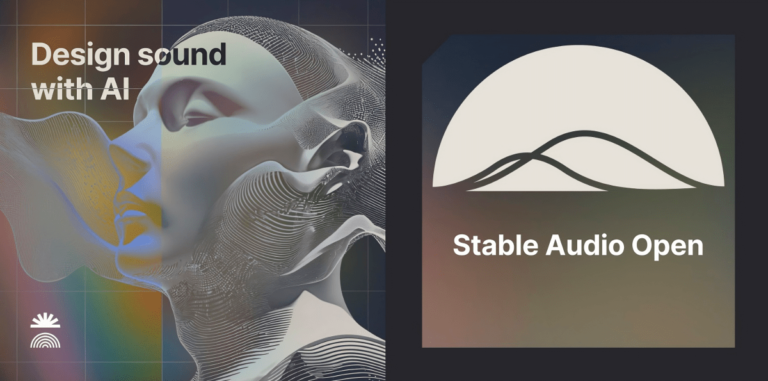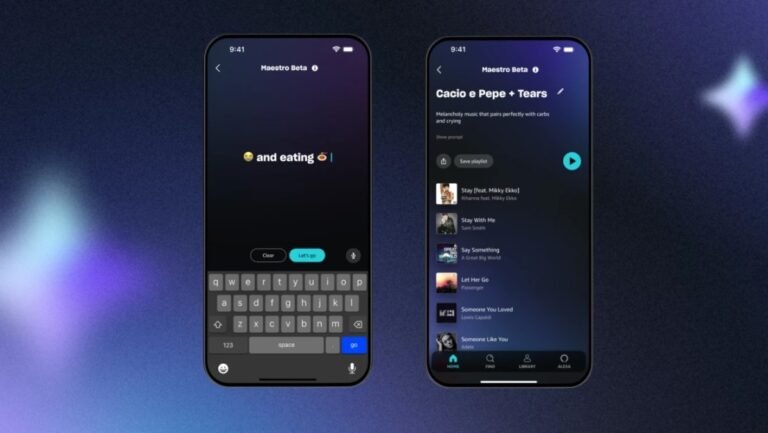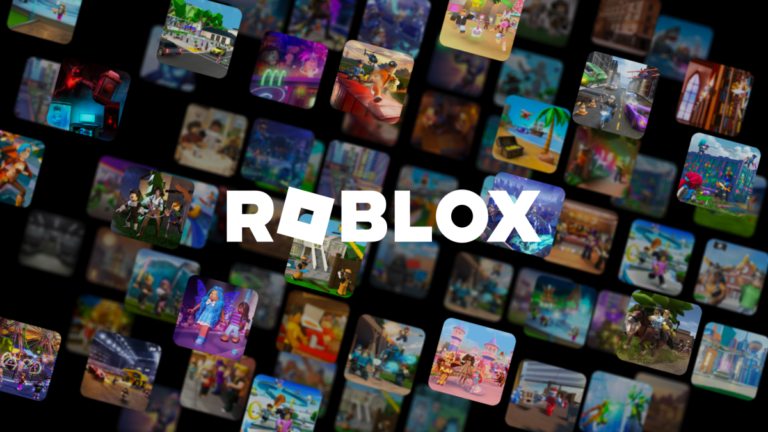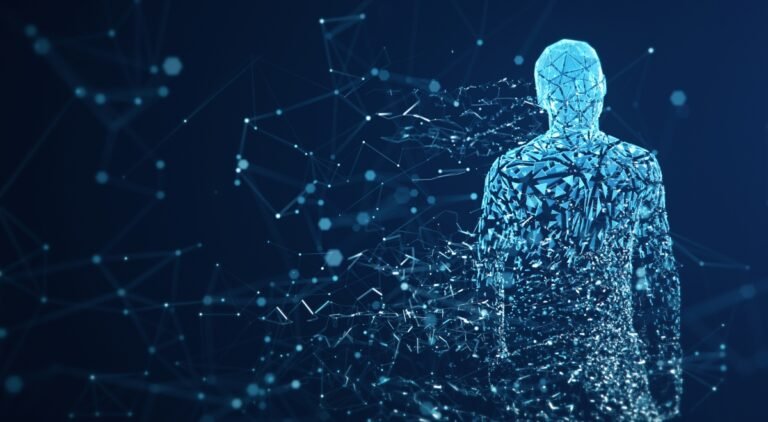
Stability AI, the startup behind the AI-powered art generator Stable Diffusion, has released an open AI model for generating sounds and songs that it claims was trained exclusively on royalty-free recordings.
Called Stable Audio Open, the generative model takes a text description (e.g.
Stability AI says that it’s not optimized for this, and suggests that users looking for those capabilities opt for the company’s premium Stable Audio service.
Stable Audio Open also can’t be used commercially; its terms of service prohibit it.
And it doesn’t perform equally well across musical styles and cultures or with descriptions in languages other than English — biases Stability AI blames on the training data.

Spotify isn’t the only one to dabble with AI playlists — on Tuesday, Amazon announced it would do the same.
Amazon Music is now testing Maestro, an AI playlist generator, allowing U.S. customers on both iOS and Android to create playlists using spoken or written prompts, which can even contain emojis.
Amazon suggests that in addition to emojis, customers can write prompts that include activities, sounds, or emotions.
While Spotify’s AI generator is starting its tests in the U.K. and Australia, Amazon’s product is launching to a “subset” of free Amazon Music users, as well as Prime customers and Unlimited Amazon Music subscribers on iOS and Android in the U.S. for the time being.
To access Maestro, users will need the latest version of the Amazon Music mobile app and will tap on the option for Maestro on their home screen.

OpenAI captivated the tech world a few months back with a generative AI model, Sora, that turns scene descriptions into original videos — no cameras or film crews required.
So he launched Higgsfield AI, an AI-powered video creation and editing platform designed for more tailored, personalized applications.
In fact, Mashrabov sees social media — and social media marketing — as Higgsfield’s principle money-making niche.
So we believe video generative AI solutions will be a core solution in helping them to achieve it.”Of course, Higgsfield isn’t immune from the broader challenges facing generative AI startups.
It’s well-established that generative AI models like the kind powering Diffuse can “regurgitate” training data.

Roblox is introducing two new AI technologies to reduce the time it takes to create avatars and 3D models, the company announced on Monday.
Once a creator select the new feature, Roblox will run a number of tests over an asset and automatically rig, cage, segment and skin 3D models.
The second feature is called “Texture Generator,” and enables creators to quickly change the look of 3D objects using plain language text prompts.
For example, you can enter a text prompt to create texture for a 3D wooden treasure chest.
With Texture Generator, Roblox is enabling creators to do the same thing within 15 to 30 seconds.

OpenAI’s consistency model is an exciting new development in imagegeneration. It can already do simple tasks an order of magnitude faster than the likes of DALL-E, and may have already…








